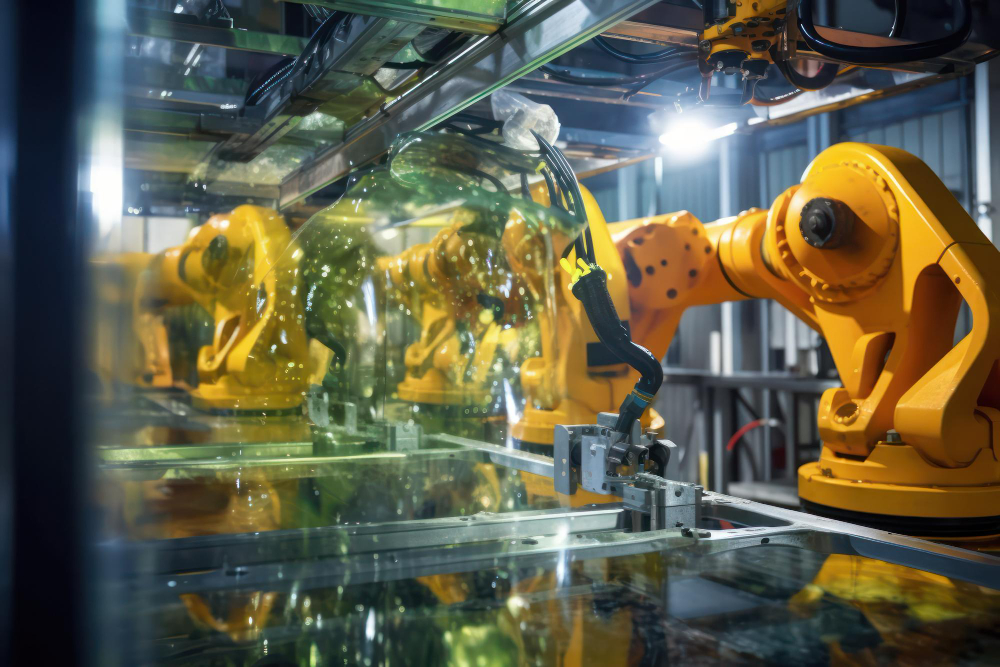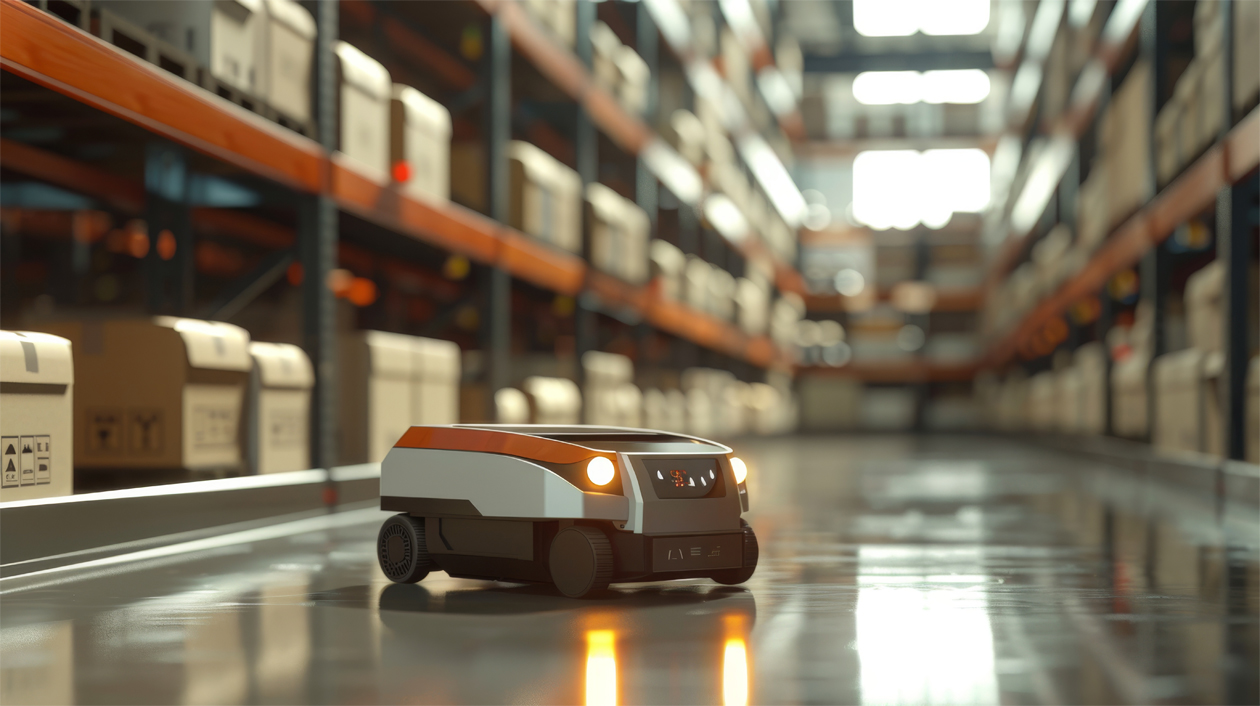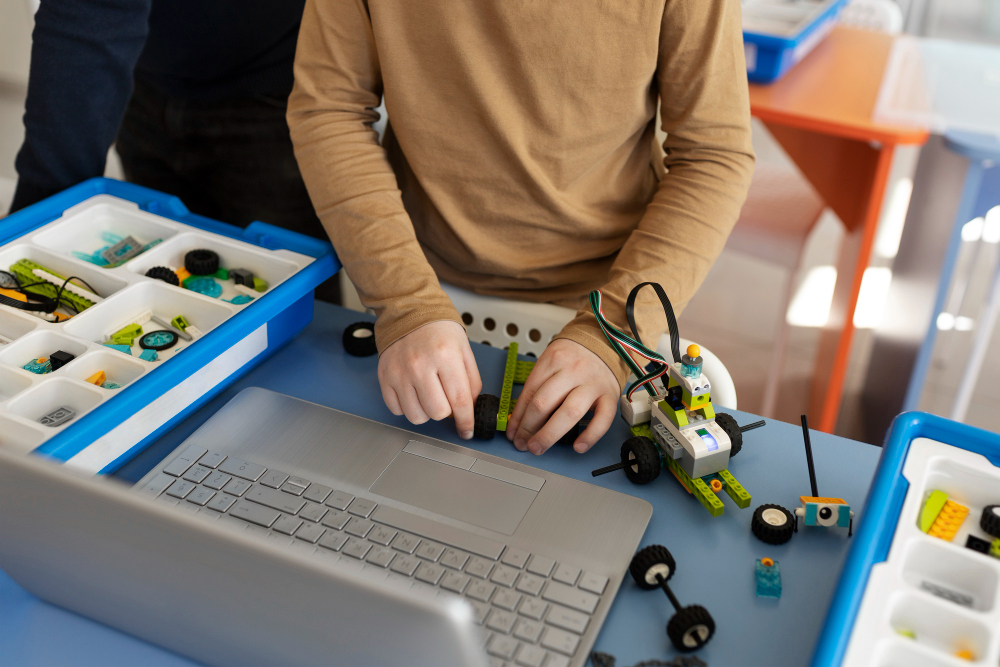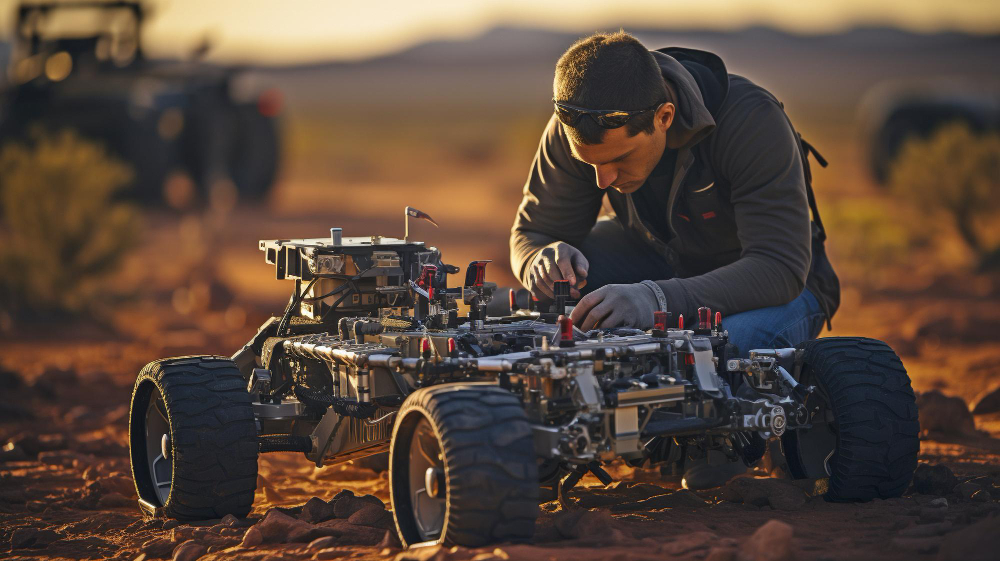The manufacturing industry has undergone a remarkable transformation in recent years, driven by the rapid advancement of robotics and automation technologies. These cutting-edge innovations have revolutionized the way products are manufactured, offering unprecedented levels of efficiency, precision, and cost-effectiveness. In this blog post, we will explore the impact of robotics on manufacturing and how it is reshaping the industry.
The Rise of Robotics in Manufacturing
Robotics has become an integral part of modern manufacturing processes, enabling companies to streamline operations, reduce labor costs, and improve product quality. Robotic systems are now capable of performing a wide range of tasks, from assembly and welding to packaging and material handling. These automated systems offer several advantages over traditional manual labor, including:
1. Increased Productivity: Robots can work tirelessly around the clock, without the need for breaks or shift changes, resulting in higher output and faster production cycles.

2. Improved Accuracy and Consistency: Robotic systems are programmed to perform tasks with exceptional precision and repeatability, minimizing errors and ensuring consistent product quality.
3. Enhanced Safety: By automating hazardous or physically demanding tasks, robotics reduces the risk of workplace injuries and creates a safer environment for human workers.
4. Flexibility and Adaptability: Modern robotic systems can be easily reprogrammed and reconfigured to accommodate changes in product designs or production requirements, providing greater flexibility and adaptability.
Automation and Efficiency
Robotics and automation have revolutionized manufacturing processes, enabling companies to achieve unprecedented levels of efficiency. Automated systems can streamline material handling, optimize production schedules, and minimize waste, resulting in significant cost savings and improved resource utilization. One of the key advantages of automation is the ability to collect and analyze vast amounts of data from the manufacturing process. This data can be used to identify bottlenecks, optimize workflows, and make informed decisions about process improvements. Additionally, predictive maintenance algorithms can monitor equipment performance and schedule maintenance activities proactively, reducing downtime and maximizing productivity.
The Future of Manufacturing
As robotics and automation technologies continue to evolve, the manufacturing industry is poised for even greater transformations. Advancements in areas such as artificial intelligence, machine learning, and collaborative robotics (cobots) are opening up new possibilities for human-robot collaboration, enabling more complex and adaptive manufacturing processes. Moreover, the integration of robotics with other emerging technologies, such as the Internet of Things (IoT), cloud computing, and additive manufacturing (3D printing), is creating new opportunities for smart factories and Industry 4.0 initiatives. These interconnected and intelligent systems will enable real-time monitoring, remote control, and data-driven decision-making, further optimizing manufacturing operations and driving innovation.
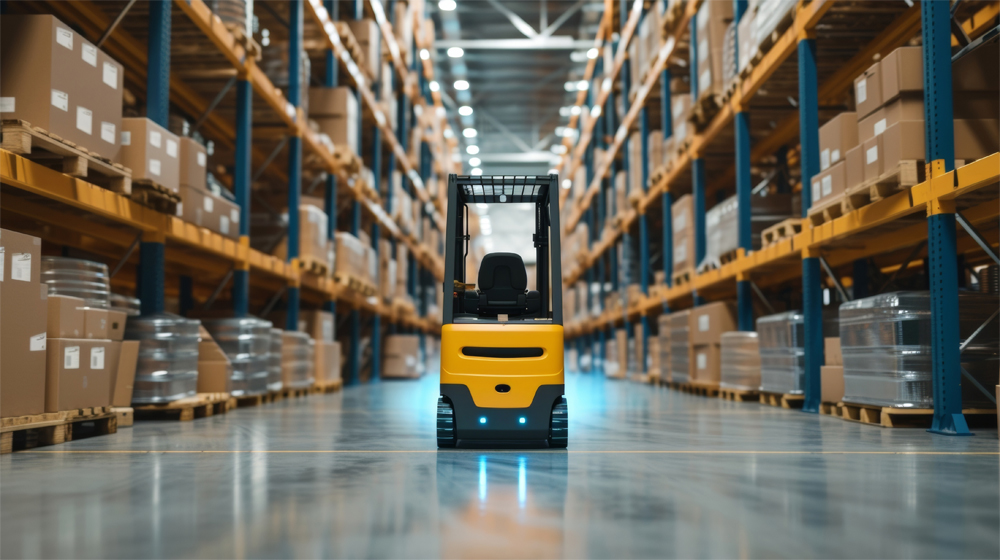
Feel free to share your thoughts and experiences with on-demand computing in the comments below! Let’s get the conversation started.

